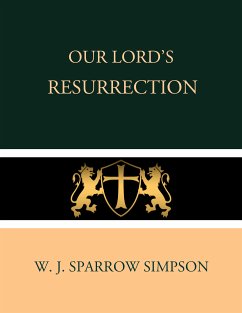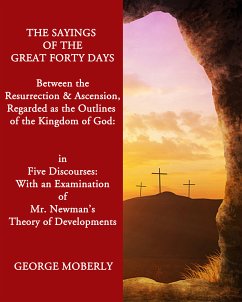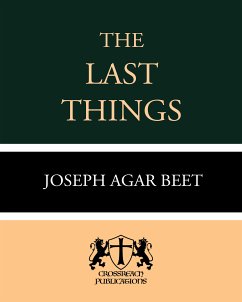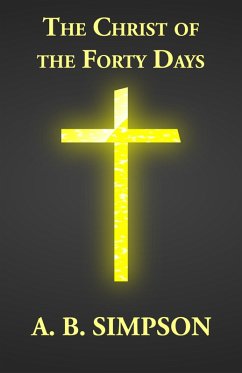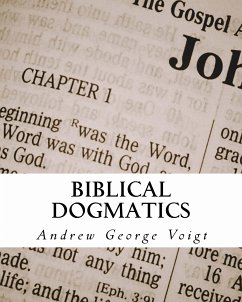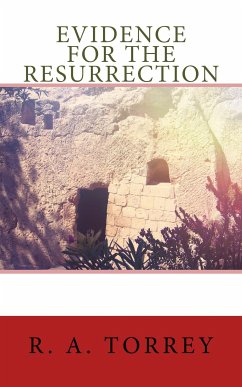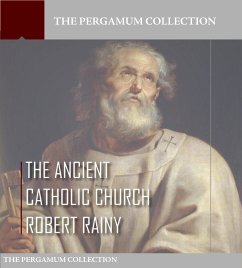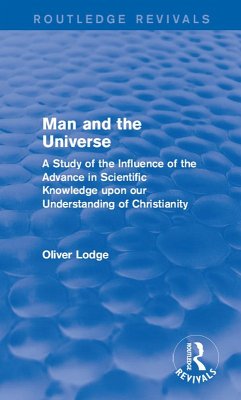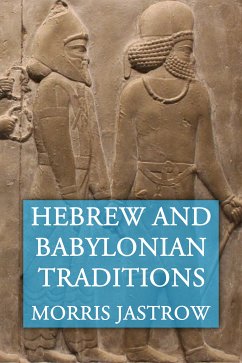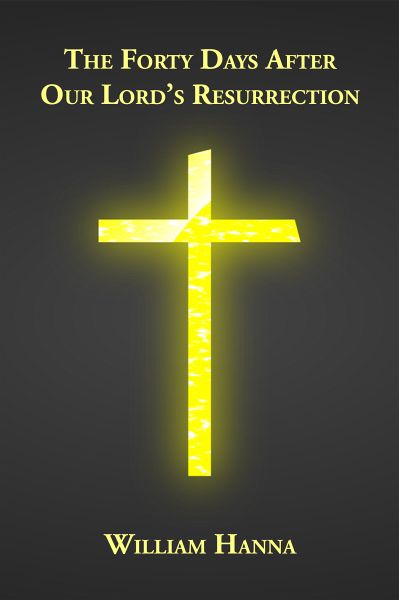
The Forty Days After Our Lord's Resurrection (eBook, ePUB)
Versandkostenfrei!
Sofort per Download lieferbar
1,49 €
inkl. MwSt.
Weitere Ausgaben:

PAYBACK Punkte
0 °P sammeln!
I have long had the conviction that the results of that fuller and more exact interpretation of the books of the New Testament to which biblical scholars have been conducted, might be made available for framing such a continuous and expanded narrative of the leading incidents in our Redeemer's life as would be profitable for practical and devotional, rather than for doctrinal or controversial purposes. It was chiefly to try whether I could succeed in realizing the conception I had formed of what such a narrative might be made, that the volume on the Last Day of Our Lord's Passion was published...
I have long had the conviction that the results of that fuller and more exact interpretation of the books of the New Testament to which biblical scholars have been conducted, might be made available for framing such a continuous and expanded narrative of the leading incidents in our Redeemer's life as would be profitable for practical and devotional, rather than for doctrinal or controversial purposes. It was chiefly to try whether I could succeed in realizing the conception I had formed of what such a narrative might be made, that the volume on the Last Day of Our Lord's Passion was published. The favourable reception which it met has induced me to issue a companion volume on the succeeding and closing period of our Lord's life on earth. Should this meet with anything like equal favour, I will be encouraged to prosecute the task of completing the narrative in a similar form.
To one who previously had doubts of the historic truth of the entire Gospel narrative, a personal inspection of the localities in which the events are represented as having occurred, must have a peculiar interest and value. It was in such a state of mind, half inclined to believe that the whole story of the Gospel was legendary, that M. Renan visited the Holy Land three years ago. He has told us the result. "All that history," he says, "which at a distance seemed to float in the clouds of an unreal world took instantly a body, a solidity, which astonished me. The striking accord between the texts and the places, the marvellous harmony of the evangelical picture with the country which served as its frame, were to me as a revelation. I had before my eyes a fifth gospel, mutilated but still legible, and ever afterwards in the recitals of Matthew and Mark, instead of an abstract Being that one would say had never existed, I saw a wonderful human figure live and move." In listening to this striking testimony as to the effect of his visit to the East, we have deeply to regret that with M. Renan the movement from incredulity towards belief stopped at its first stage.
Dieser Download kann aus rechtlichen Gründen nur mit Rechnungsadresse in A, B, BG, CY, CZ, D, DK, EW, E, FIN, F, GR, H, IRL, I, LT, L, LR, M, NL, PL, P, R, S, SLO, SK ausgeliefert werden.




